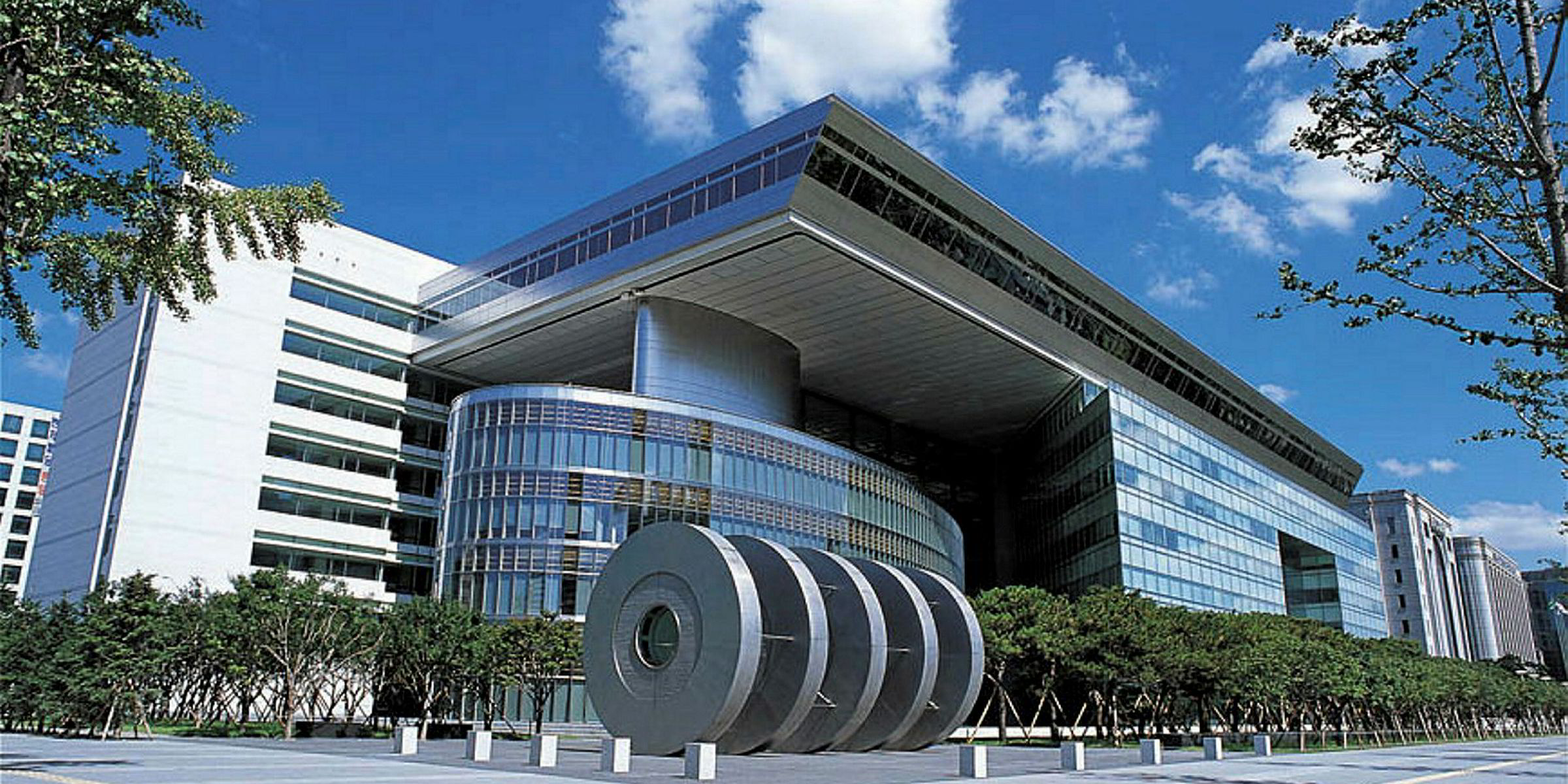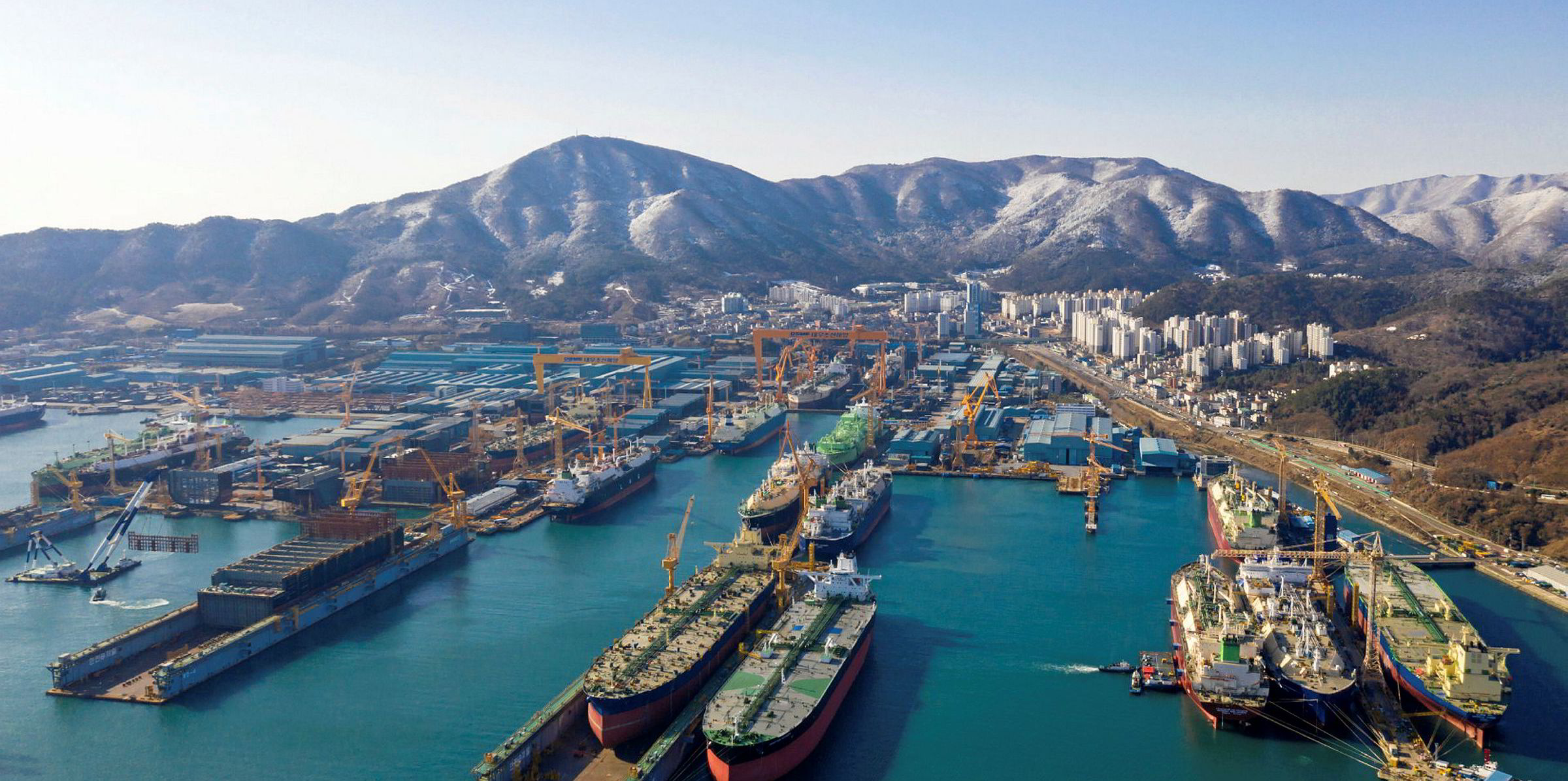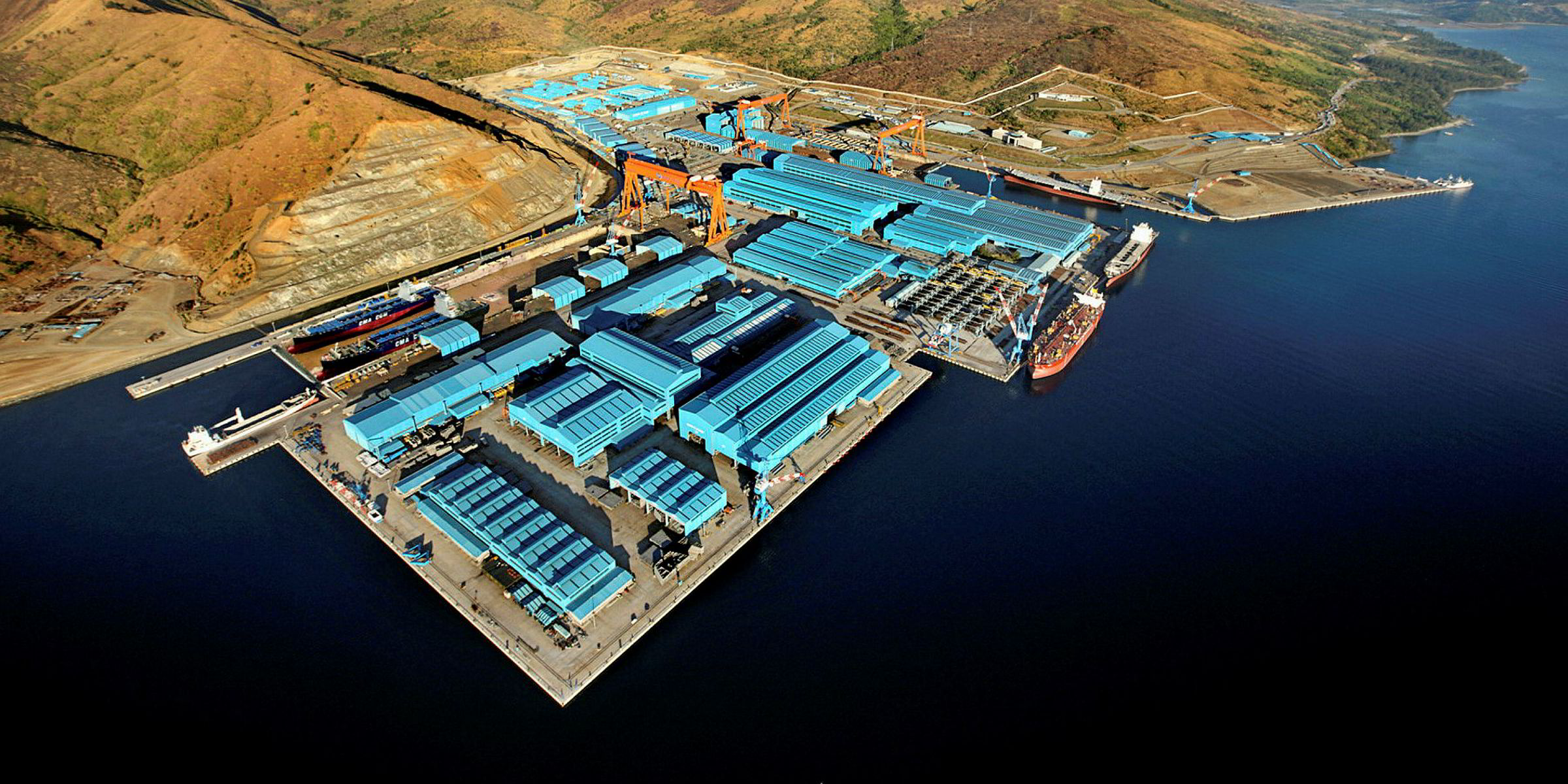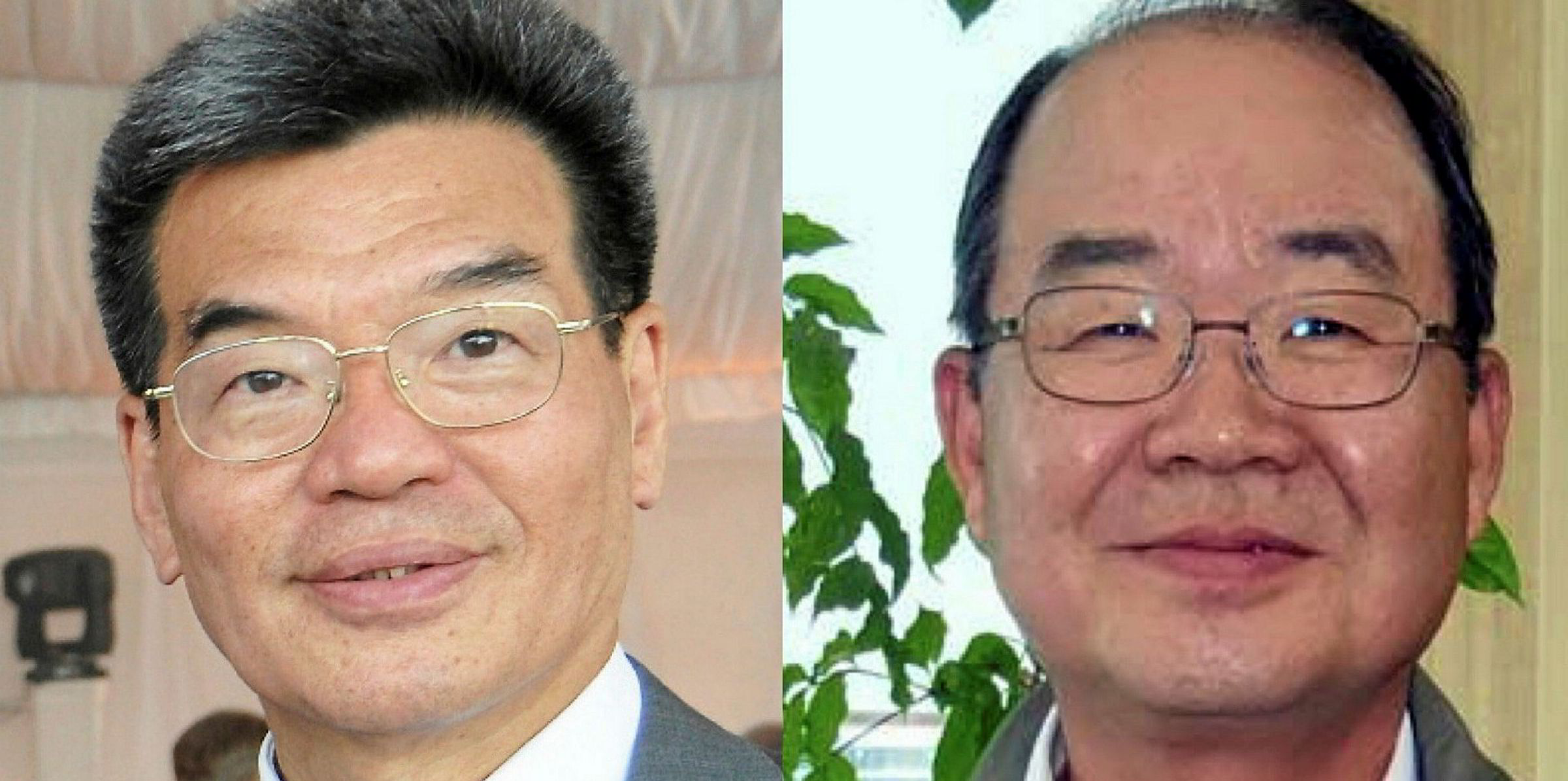Seoul's planned mega-merger between the world’s largest shipbuilders has thrown down the gauntlet to South Korea’s competitors.
If Hyundai Heavy Industries and DSME are given the green light by competition regulators, it could trigger similar moves elsewhere.
Beijing has long been planning to bring together China State Shipbuilding Corp and China Shipbuilding Industry Corp.
HHI and DSME have some of the largest orderbooks in the world but they are also struggling to make money.
The proposed new colossus is as much designed to prop up the East Asian country’s position in vessel construction as grow it, even as sections of the market recover.
The move may well end up achieving both: certainly it will send alarm bells ringing in China, Japan and even Europe.
Tensions between Japan and South Korea are already high over the latter’s state aid programme, which is deemed unfair competition by Tokyo.
Trade competition authorities will need to approve the latest deal. Both HHI and DSME are experts in tanker, boxship and in-demand gas carrier construction.
Korea Development Bank (KDB) confirmed plans last week to sell its majority holding in DSME to HHI in a near $2bn transaction. It would lift HHI's global market share to 20%.
From Big Three to Big Two
The country’s third-largest shipbuilder, Samsung Heavy Industries, has been offered the chance to make a counter bid for DSME, but this seems unlikely to materialise, not least because SHI does not have the cash.
The irony is this strengthened defensive shield comes just as South Korea recently won back the 2018 crown for the highest number of orders secured in that year.
This achievement comes after seven years of waiting as China forced its way to the top slot mainly due to a massive haul of LNG contracts.
But no one is under any illusion that the South Korean revival has been achieved without the help of government financial backing.
Upwards of $12bn is thought to have been pumped into near-bankrupt DSME to keep it afloat between 2015 and 2017.

The government-owned Export-Import Bank of Korea has in recent months pledged hundreds of millions in immediate loans to help industry restructuring of both shipbuilding and shipping companies.
Last April, ministers in Seoul promised to place 200 newbuilding contracts to help the industry ride out the “protracted slump, intense competition and environmental regulations”.
Show of support
Is this appropriate? Of course China, Japan and European rivals argue not, but it is hard to find a country that does not overtly or covertly support its shipbuilding in some way.
Trying to understand the real situation in China is particularly complicated because so many shipbuilders and owners are state-owned anyway.
Certainly in the HHI deal, state-owned KDB is a key player in that it is handing over its 56% stake in DSME. But there also seems to be new cash being provided by the bank to the yard.
Lee Dong-gull, the chairman of KDB, argues that putting together the two companies would ease competition and excess capacity. That suggests that the new combined entity could try to raise prices and possibly cut back the number of physical facilities.
There will be a concerted attempt to find synergies, cut out any overlaps and increase efficiency. There will be sharing of technology, combined tendering and improved dual procurement.

Ruling out job losses
And yet anxious South Korean shipbuilding unions have been told by their managers that the merger will not mean jobs being cut.
But neither will the South East Asian country be able to raise the prices of specialised LNG carriers too high without losing contracts to Japan. Certainly, South Korea is trying to protect its industry.
There is little doubt that the Seoul government was badly shaken by the formal bankruptcy in February 2017 of the country’s largest container operator, Hanjin Shipping. The following month ministers handed over $2.6bn to prevent DSME from collapse. More than 20,000 jobs are estimated to have been lost from South Korean shipbuilding before its order revival began.
HHI, DSME, SHI and others from the sector still account for 7% of the country’s entire employment — and exports.
The success of a new Big Two may depend on efficiencies, continuing government support and its rivals' reaction, as well as supply and demand.





